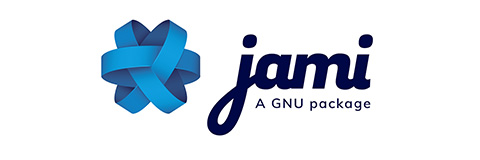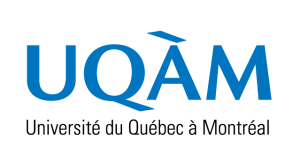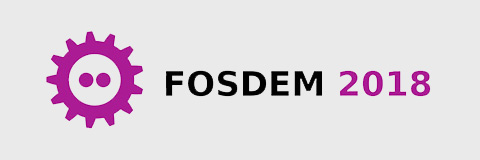At the leading edge of innovation, the Ring project — a secure and distributed voice, video and chat communication platform — paves the way for complex theoretical challenges. Through a research agreement, Savoir-faire Linux and Université du Québec à Montréal (UQAM) collaborate to improve the data persistence and indexation in its underlying distributed hash table software library, OpenDHT.

With the financial support of the Natural Sciences and Engineering Research Council of Canada (NSERC), a group of IT students at UQAM are modeling the problems raised by the high technicality of Ring, and implementing robust codes to resolve them. As the research can lead to innovative solutions, Professor Alexandre Blondin Massé who is in charge of the project, is planning to publish the results within the next year.
Already conclusive results: enabling data persistence and reliable data stored for a limited time on the DHT network
Simon Désaulniers is now completing a Bachelor of Computer Science. He has just modeled and implemented a solution to store data for a limited time on the DHT network. With this progress, the users of Ring will soon access messages that are sent to them while they are not connected. This new process makes sure that each message is encrypted when it is stored and intact when it is received.
A major challenge: Solving the DHT Indexation by data research from any related element
Graduate and PhD students seek to resolve the question of DHT Indexation. To contact a Ring user, it is necessary to know his 40-character ID. The DHT indexation will allow users to look for another user’s Ring ID through information he has made public such as his name or a public alias, while preserving his anonymity. Wondering how it’s possible? Marco Rebado, Sylvain Labranche and Simon Désaulniers are precisely devising a solution. In the meantime, feel free to communicate confidentially with Ring!











[…] grows with user feedback. And it evolves with the support of developers and students. For example, research conducted by the University of Quebec in Montreal have made possible the use of chat out of […]